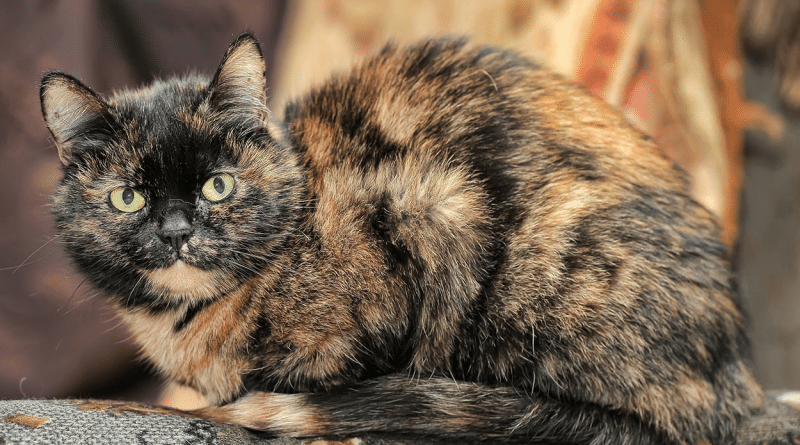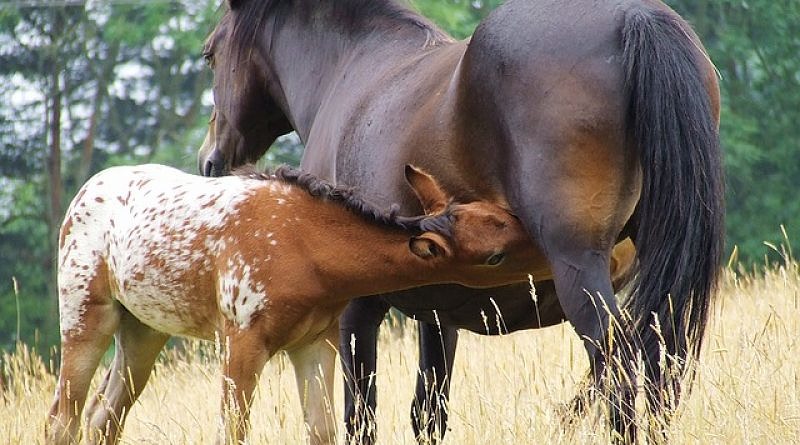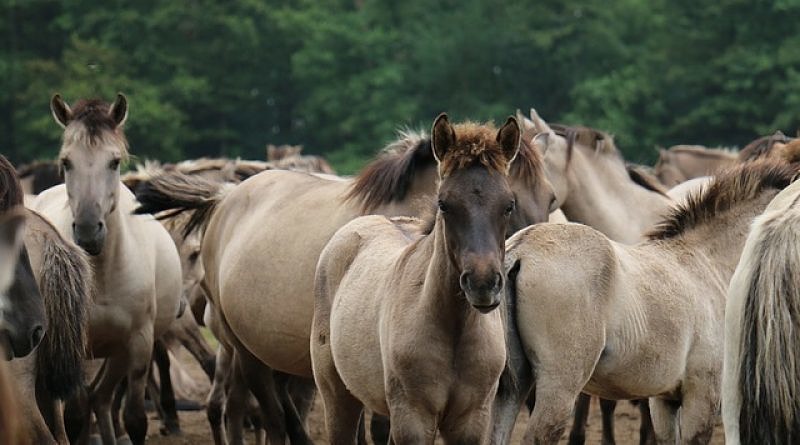Introduction to Genetics 5: Backup copies and chromosome pairs
Small changes to a single gene can mean the difference between life and death. It is a good job we have backup copies!
Previously in this series: Introduction to Genetics 4: From recipes to organisms
In the last section we covered the basics of how genetic changes can cause phenotypic changes – how the gene ‘recipes’ affect the final product. We also looked at how very small genetic changes can have large (usually negative) consequences at the phenotypic level by causing the loss of function of some protein. It seems from this that life is very fragile! One tiny change in a single base pair can literally be the difference between life and death. You will be reassured to learn that most organisms, including horses and humans, actually have multiple copies of each gene.
While comforting, you might think that having a backup copy doesn’t really make much difference. But in actuality the system of genetic backups has extremely profound repercussions for understanding how genotypes influence phenotypes and is essential for understanding sexual reproduction. Backups explain why there is so much variety in organisms, why we are all genetically unique (except clones and identical twins), why we get phenomena like ‘dominant’ and ‘recessive’ traits, and why some traits are linked to the sex of an individual.
To understand the backup system we have to look a bit more closely at how DNA is stored within cells. First off, there are two locations within most organisms’ cells that store DNA – the nucleus, and the mitochondria. We will focus on the nucleus, as that is where most of our genetic information is located. DNA in the nucleus is stored within chromosomes. A chromosome is simply a molecule of DNA, usually packaged up with a few proteins to keep it nice and tidy. Organisms tend to have more than one chromosome in the nucleus of their cells, each containing a different DNA molecule. The collection of chromosomes is like a little library, with each chromosome being a book, and each book containing multiple ‘recipes’ (genes) for making different proteins. So we have a book (a chromosome) called Muffins, cupcakes and other tasty treats containing dessert recipes (genes), another book called Beginners guide to making pies, and so on.
This is where the backups come in. Most organisms don’t rely on just one copy of each chromosome (one book) in their library (nucleus) – they have two copies of each chromosome. These copies are not 100% identical, but (aside from one special chromosome) they are pretty similar. Horses have 32 different types of chromosome (32 different books), so in total they have 64 chromosomes in the nucleus of their cells (two copies of each one).
To put this in terms of recipe books, horses have two copies of a book called, say, Muffins, cupcakes and other tasty treats. They are not identical copies (one of them may use vanilla, one may not) but looked at broadly they are pretty similar – both of them give similar recipes for similar products. The only exception to this (in mammals) is a special chromosome pair which has two different possible recipe books. This chromosome is the determining factor in the sex of an individual. If a horse has two copies of what is called the X chromosome, then she will be a female. If he has one X and one Y, then he will be a male. The X chromosome is essential for life so no living horses or humans will ever only have Y chromosomes.
To go back to our recipe books, every female horse will have two copies of a book called, say, The ultimate guide to roasting and baking potatoes (though they will have small differences between them). Males will have one copy of The ultimate guide to roasting and baking potatoes, as well as one copy of a completely different book, say, Steamed vegetables and rice. The mammalian arrangement (XX = female, XY = male) is not standard for all species. There are many other arrangements – birds, for example, have sex chromosomes that we call Z and W, but in birds it is males that have two copies of the same chromosome, and females that have one of each (ZZ = male, ZW = female).
Before looking at inheritance, let’s see how the two different copies of the chromosome can work as backups. Let’s say that we want to make some muffins, and we have our two copies of the recipe book Muffins, cupcakes and other tasty treats. Unfortunately for us, one of the copies has a misprint in the recipe for muffins – instead of saying ‘sugar’ it says ‘salt’. As humans we might just ignore one of the recipes, but the machinery in our cells that builds amino acids into proteins doesn’t know the difference – it will simply make whatever is written down. So, effectively, we end up following both recipes.
At the end of this process we will have one lovely sweet muffin and one disgustingly salty muffin. Now let’s say that in another part of the cell there is a gate guarded by a troll with a sweet tooth. She tells us that she will only open the gate if we give her something sweet to eat. So we hand her both muffins. It doesn’t matter that one of them is salty – she will simply throw that one away – it only matters that one of them is sweet. She gives them both a try, is happy with the sweet version, and opens up the gate. In this case, having the extra copy of the recipe book was very useful!
This may sound a bit ridiculous, but similar situations to this are going on all the time throughout your body. Various proteins, created following gene ‘recipes’, are used for various different functions, and for some functions it isn’t necessary that all the proteins are the ‘correct’ ones – you just need some of them to be correct. It isn’t always this straightforward though. Some gatekeepers may also have a short temper – they want something sweet, and if they get given anything else they get angry and refuse to open the gate.
This means that there is a variety of different outcomes possible when it comes to the two different recipes (alleles) we carry. Sometimes it doesn’t make any difference whether both our versions of the gene are functioning normally; sometimes we end up with a sort of in between (for example, maybe the gatekeeper is a lot slower to open the gate if we also give her a salty muffin, but she still opens it eventually); and sometimes we need both of them to be functioning normally.
Summary
Recipes are stored in books, and we have a set number of different books in our library.
Genes are stored in chromosomes, and a cell has a set number of different chromosomes in its library.
We have two copies of all but one of the books in our library, each of which contain the same recipes for the same products, but there might be some small differences between the recipes.
We have two copies of all but one of the chromosomes in our nucleus, each of which contain the same genes for the same proteins, but there might be some differences between the genes (different alleles).
Mammals have one special pair of chromosomes called the ‘sex’ chromosomes. There are two different possible sex chromosomes, and an individual’s sex is determined by whether they have two copies of the essential chromosome (XX) or one copy of the essential chromosome and one copy of the different chromosome (XY).
Next in this series: Introduction to Genetics 6: Inheritance and variation







